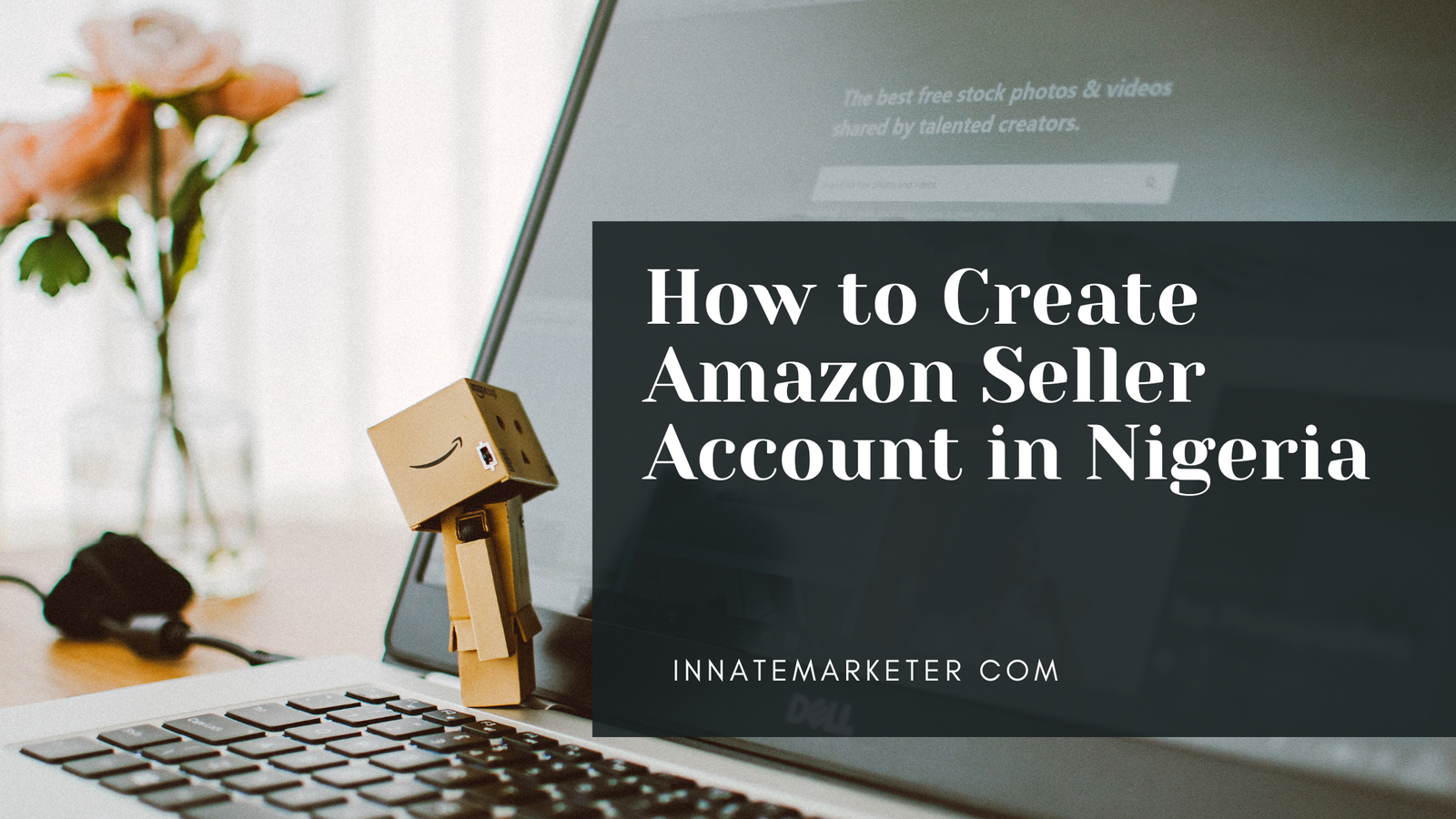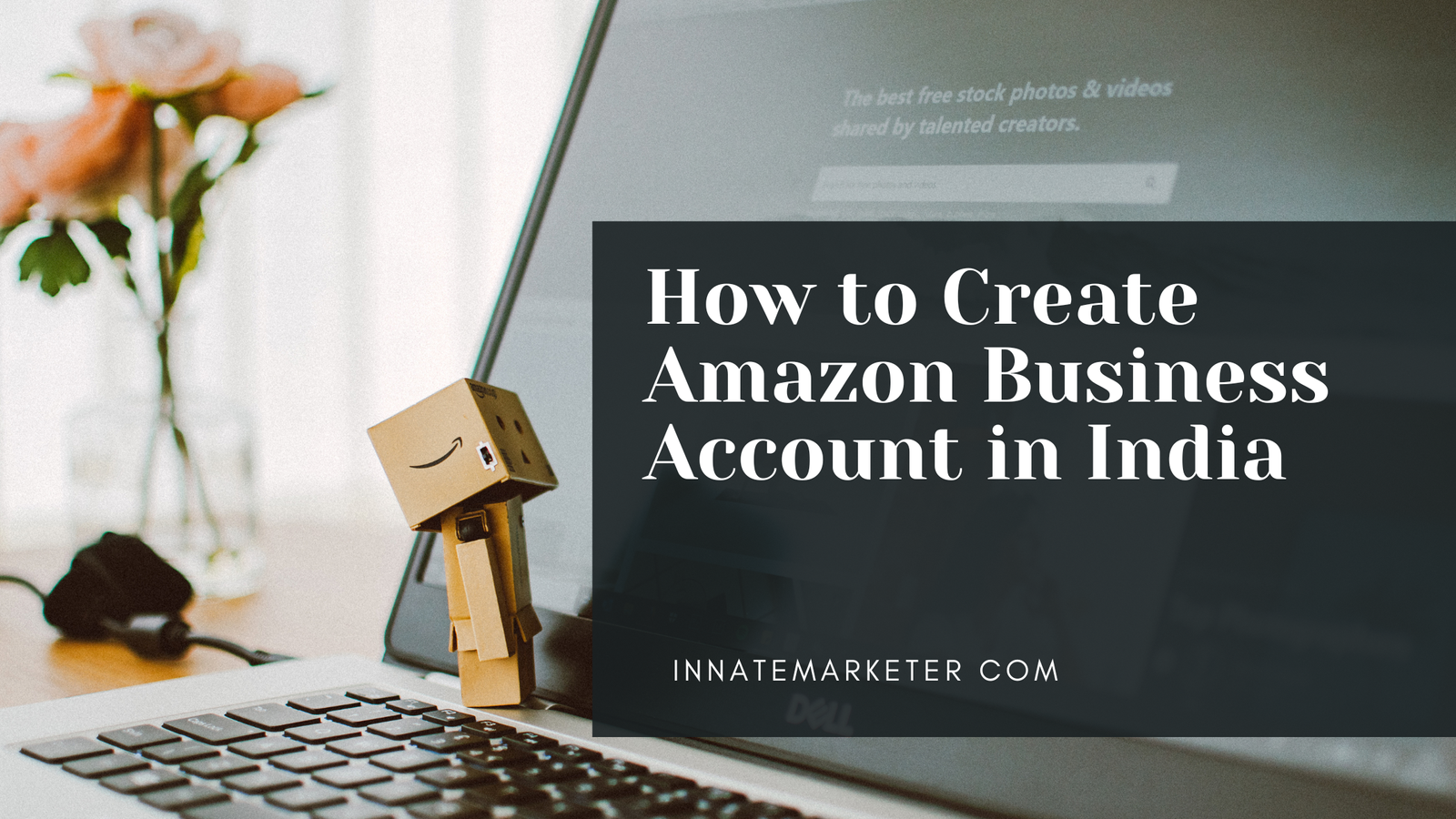In the digital age, creating and selling digital products has become an accessible and profitable way to earn income. Whether you’re a creative professional, a hobbyist, or someone with a skill or knowledge to share, digital products offer a fantastic opportunity to generate passive income. This guide will explore how you can create and sell digital products, from idea generation to marketing and sales.
Key Takeaway
Creating and selling digital products is a profitable way to generate passive income and share your expertise or creativity with a global audience. To succeed, follow these key steps:
- Identify Your Niche: Understand your skills and the problems you can solve for your target audience.
- Create High-Quality Products: Choose product types like e-books, courses, printables, or stock photos and ensure they’re well-designed and valuable.
- Set Up an Online Store: Use platforms like Etsy, Shopify, or Gumroad to host and manage your digital products.
- Price Strategically: Research competitors and consider your time investment to determine the right pricing.
- Market Effectively: Leverage social media, email marketing, and paid ads to promote your products.
- Provide Excellent Customer Support: Address inquiries, ensure easy access to purchases, and encourage feedback for future improvements.
By following these steps and staying consistent, you can build a successful digital product business that generates continuous income.
What Are Digital Products?
Digital products are products that exist in digital form rather than physical. These can be easily downloaded or accessed online, making them cost-effective to produce and distribute. Common examples of digital products include:
- E-books: Books or guides that can be downloaded in PDF or other formats.
- Online Courses: Educational content in the form of videos, audio, or written material.
- Printable Products: Items like planners, calendars, or worksheets that customers can print at home.
- Stock Photos: Images, illustrations, or graphics that can be sold for use in various projects.
- Software or Apps: Programs, mobile apps, or web-based tools.
- Audio Files: Music, sound effects, or podcasts.
- Templates: Pre-designed files for various purposes, such as website templates, graphic design templates, or resume templates.
Selling digital products is advantageous because it typically involves low overhead costs. Once you’ve created a digital product, you can sell it an unlimited number of times without needing to worry about inventory, shipping, or other logistical issues.
Step 1: Identify Your Niche and Target Market
The first step in creating and selling digital products is identifying a niche that you’re passionate about or have expertise in. Your niche will guide your product creation and marketing efforts. You need to ask yourself:
- What am I good at? Think about your skills, knowledge, and hobbies. Are you a graphic designer, writer, photographer, or programmer?
- What problem can I solve? Your digital product should solve a specific problem or fill a need in the market. This will make your product more valuable and increase its chances of success.
- Who is my target audience? Understand your ideal customers. What are their interests, pain points, and preferences? Knowing your audience will help you tailor your products and marketing strategies.
Step 2: Create Your Digital Product
Once you’ve identified your niche and target audience, it’s time to create your digital product. Here are some ideas for various types of digital products and how you can create them:
E-books
E-books are one of the most popular and profitable digital products you can create. Writing an e-book allows you to share your expertise, tell a story, or provide valuable information to your audience.
- Choose a Topic: Focus on a subject that you’re knowledgeable about and that your audience is interested in. Popular topics for e-books include self-help, business, personal development, and niche hobbies.
- Write the Content: Organize your content into chapters or sections. Be clear, concise, and engaging. Use a word processor like Microsoft Word or Google Docs to draft your e-book.
- Design the Layout: After writing, format your e-book. Tools like Canva or Adobe InDesign can help you design a professional layout. Make sure your e-book looks appealing and is easy to read.
- Convert to PDF: Once your e-book is written and designed, convert it to PDF format for easy distribution.
Online Courses
Online courses are a great way to monetize your knowledge and skills. They can be in the form of video lessons, text, audio, or a combination of all three.
- Choose a Course Topic: Identify a subject that aligns with your expertise and your audience’s needs. Topics can range from learning a new language to teaching programming, photography, or digital marketing.
- Create Course Material: Break the course into modules and lessons. Plan out the content in detail and decide whether to use video, text, quizzes, or a combination of all formats. Use platforms like Teachable, Thinkific, or Udemy to host your course.
- Record and Edit Videos: If you plan on creating video lessons, invest in good recording equipment (camera, microphone, and lighting). You can use tools like Camtasia or ScreenFlow for video editing.
- Publish and Launch: Once your course is ready, upload it to your course platform and set a price. Promote it through email marketing, social media, and your website.
Printable Products
Printables are an excellent way to create digital products that customers can download and print at home. These can include planners, worksheets, calendars, or art prints.
- Choose a Product Type: Decide what kind of printables you want to create. Popular options include planners, journals, to-do lists, and motivational quotes.
- Design the Product: Use graphic design tools like Canva or Adobe Illustrator to create your printable products. Ensure your designs are high-quality and visually appealing.
- Save in Appropriate Formats: Export your printables in formats like PDF or PNG, which are easy to download and print.
- Upload to Selling Platform: Platforms like Etsy, Gumroad, or Shopify allow you to sell your printables directly to customers.
Stock Photos
If you’re a photographer, you can sell stock photos to customers who need images for their websites, blogs, social media, or marketing materials.
- Capture High-Quality Photos: Take clear, high-resolution images that are in demand. Popular categories include lifestyle, business, travel, and nature photography.
- Edit the Photos: Use editing software like Adobe Lightroom or Photoshop to enhance the images. Ensure they meet industry standards for color and clarity.
- Upload to Stock Platforms: Platforms like Shutterstock, Adobe Stock, or iStock allow you to upload and sell your photos. Alternatively, you can sell directly through your own website.
Step 3: Set Up an Online Store
To sell your digital products, you need a platform to host and manage transactions. Setting up an online store will enable you to sell your products directly to customers.
Here are some popular platforms for selling digital products:
- Etsy: Etsy is a popular marketplace for handmade, vintage, and digital products. It’s easy to set up a shop, and Etsy handles payment processing.
- Shopify: Shopify is a dedicated e-commerce platform where you can create your own online store. It’s a great option if you want to build a brand and have more control over your store’s design and functionality.
- Gumroad: Gumroad is a simple platform for selling digital products. It allows you to sell e-books, courses, software, and other digital products with ease.
- WooCommerce: If you have a WordPress website, WooCommerce is a great plugin for adding an online store. It integrates with payment gateways like PayPal and Stripe for smooth transactions.
- Amazon: If you’re selling e-books, Amazon’s Kindle Direct Publishing (KDP) is an excellent platform for reaching a global audience.
Step 4: Price Your Digital Products
Pricing your digital products can be tricky, but it’s essential to find the right balance between affordability and value. Here are a few strategies:
- Research Your Competitors: Check the prices of similar products in your niche to ensure you’re competitive.
- Consider Your Time and Effort: Factor in how much time and effort you invested in creating the product. If your product required a lot of work, consider pricing it higher.
- Offer Multiple Price Points: For courses or memberships, you can offer different pricing tiers based on the level of access or additional resources.
Step 5: Market Your Digital Products
Now that you’ve created and set up your digital products, it’s time to market them. Here are several effective marketing strategies:
- Social Media Marketing: Use social media platforms like Instagram, Facebook, Twitter, and Pinterest to promote your products. Share engaging content, such as behind-the-scenes, customer testimonials, and product sneak peeks.
- Content Marketing: Start a blog or YouTube channel where you provide valuable content related to your digital products. This will help you build authority and drive organic traffic to your store.
- Email Marketing: Build an email list by offering a free lead magnet, such as a free e-book or printable. Use email marketing to nurture relationships and promote your digital products.
- Paid Advertising: If you have a marketing budget, you can use Facebook Ads, Google Ads, or Pinterest Ads to drive targeted traffic to your products.
- Collaborations and Partnerships: Partner with influencers, bloggers, or other creators in your niche to promote your products.
Step 6: Provide Excellent Customer Support
Customer support is crucial for maintaining a good reputation and ensuring repeat business. Respond promptly to customer inquiries, address concerns, and handle any issues with professionalism.
- Offer FAQs: Create a Frequently Asked Questions (FAQ) page to help customers find answers to common questions.
- Provide Easy Access to Downloads: Ensure that customers can easily download or access their purchases.
- Ask for Feedback: Encourage your customers to leave reviews or provide feedback, which can help you improve your products and marketing efforts.
FAQs on How to Make and Sell Digital Products
1. What are digital products?
Digital products are intangible items that are delivered electronically to customers. These can include e-books, online courses, printables, music, software, stock photos, and design templates. Essentially, anything that can be created digitally and sold online without physical shipping is considered a digital product.
2. How do I choose a digital product to create?
Choosing the right digital product depends on your skills, interests, and market demand. Start by identifying what you’re passionate about or knowledgeable in. Ask yourself questions like:
- What problems can I solve for others?
- What skills do I have that could be turned into a product (e.g., writing, design, photography)?
- What are people willing to pay for?
Research your audience to understand their needs and preferences before deciding on the type of digital product to create.
3. What platform should I use to sell my digital products?
Several platforms allow you to sell digital products, each with its unique features. Some popular options include:
- Etsy: Best for printables, art, and handmade digital products.
- Shopify: Great for those who want full control and the ability to scale their store.
- Gumroad: Ideal for creators who want a simple, no-frills platform.
- Teachable or Udemy: Perfect for selling online courses.
- Amazon Kindle Direct Publishing (KDP): Best for selling e-books.
Consider the type of product, your audience, and your preferred level of control when choosing the right platform.
4. How do I price my digital products?
Pricing digital products depends on factors like the product’s perceived value, your audience’s budget, and competitors’ prices. Here are a few tips:
- Research: Look at how similar products are priced in your niche.
- Time and Effort: Consider how much time and effort you’ve put into creating your product.
- Value: Assess how much value your product offers compared to others.
- Tiered Pricing: Offer different pricing tiers or packages to cater to different customer segments.
It’s important to experiment with pricing and adjust it based on feedback and sales performance.
5. How do I market my digital products?
Marketing is crucial to the success of your digital products. Some strategies include:
- Social Media: Use platforms like Instagram, Facebook, Pinterest, and TikTok to showcase your products and build an audience.
- Email Marketing: Build an email list and send regular updates, offers, and promotions to your subscribers.
- Influencer Partnerships: Collaborate with influencers in your niche to expand your reach.
- Search Engine Optimization (SEO): Optimize your product listings and content to appear in search results on platforms like Google, Etsy, and YouTube.
- Paid Ads: Run Facebook, Instagram, or Google ads to target your ideal audience.
A combination of organic and paid strategies will help you reach more potential customers.
6. Do I need to provide customer support for digital products?
Yes, offering excellent customer support is essential, even for digital products. Ensure your customers can easily access the product, provide clear instructions for downloading or using it, and be responsive to any inquiries. For example:
- Have a detailed FAQ section that addresses common issues.
- Offer email support or a contact form on your website.
- Provide troubleshooting or refund policies in case there are issues with the product.
Good customer service helps build trust, encourages repeat purchases, and generates positive reviews.
7. How can I ensure my digital products are secure?
Since digital products are vulnerable to unauthorized sharing, it’s essential to secure your files. Some tips include:
- Watermarking: For visual products like photos and designs, watermark them to prevent unauthorized use.
- DRM (Digital Rights Management): Use DRM protection for certain types of content, like e-books or software, to restrict illegal distribution.
- Platform Security: Choose a platform with robust security features to protect customer data and prevent piracy.
While it’s impossible to prevent theft entirely, these measures can help mitigate risks.
8. Can I sell digital products internationally?
Yes, digital products can be sold to customers worldwide. One of the advantages of selling digital products is that you can reach a global audience without the need for international shipping. However, there are a few considerations:
- Currency and Payment Methods: Choose platforms that support international payments and multiple currencies.
- Tax Laws: Be aware of international tax regulations and VAT (Value Added Tax) requirements, especially if you’re selling in countries like the EU.
Make sure your platform can accommodate global transactions and that you’re compliant with international laws.
9. How do I protect my intellectual property when selling digital products?
Protecting your intellectual property (IP) is important to prevent unauthorized use or reproduction of your work. Here are some steps to protect your creations:
- Copyright: Automatically applies to your original works as soon as they’re created, but consider formally registering it for additional protection.
- Terms and Conditions: Include terms of service on your website to outline how customers can use your products.
- Licensing: If applicable, offer licenses that specify how your product can be used.
Always consult with a legal professional if you’re unsure about how to protect your work.
10. What are some common mistakes to avoid when selling digital products?
Selling digital products can be lucrative, but there are common pitfalls to avoid:
- Not Researching Your Audience: Understand your audience’s pain points and desires before creating a product.
- Neglecting Marketing: Don’t assume customers will find your products on their own. Invest in marketing and build a solid strategy.
- Underpricing: Don’t undervalue your work. Setting the price too low can affect perceived value.
- Ignoring Feedback: Listen to customer feedback and use it to improve your products and services.
By avoiding these mistakes, you’ll be on your way to creating a successful digital product business.
11. How can I scale my digital product business?
To scale your digital product business:
- Create more products: Expand your product range to offer complementary items.
- Automate Processes: Use automation tools for email marketing, order fulfillment, and customer service to save time.
- Outsource: Consider outsourcing tasks like design, marketing, or customer support to free up time for more strategic activities.
- Expand Your Reach: Collaborate with other creators or influencers to tap into new audiences.
Scaling requires thoughtful planning and investment but can lead to significant growth over time.

Conclusion
Creating and selling digital products is a great way to generate income and share your knowledge, skills, and creativity with a global audience. By choosing the right product type, pricing it appropriately, and using effective marketing strategies, you can build a successful digital product business.
Whether you’re creating e-books, online courses, printables, or any other digital product, the key to success is consistency, value, and understanding your customers’ needs. With determination and the right tools, you can turn your digital product ideas into a thriving online business.






